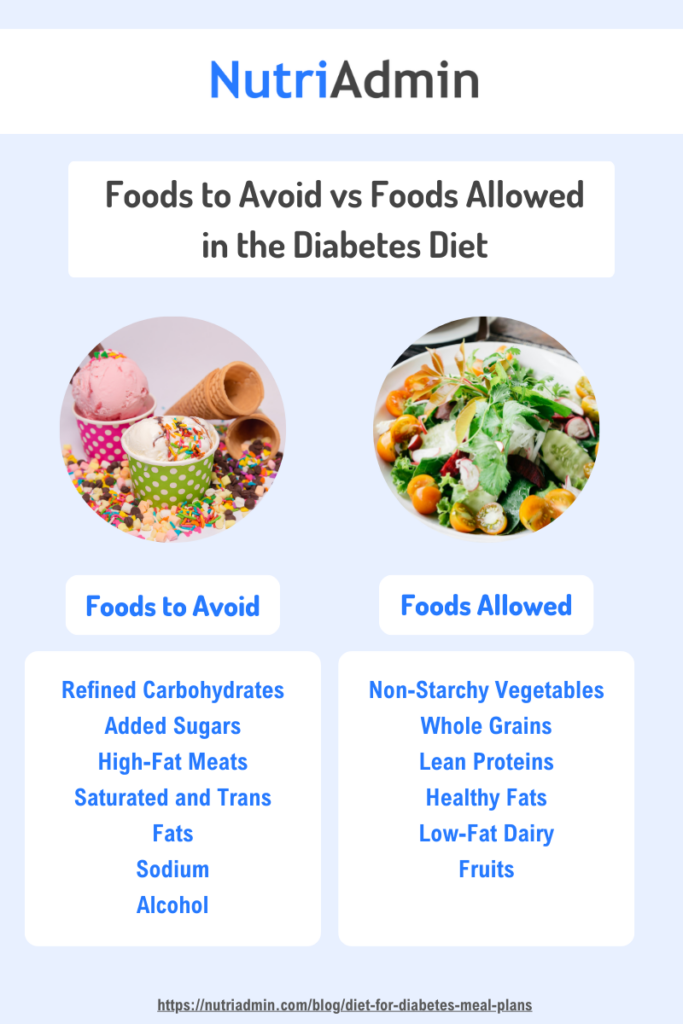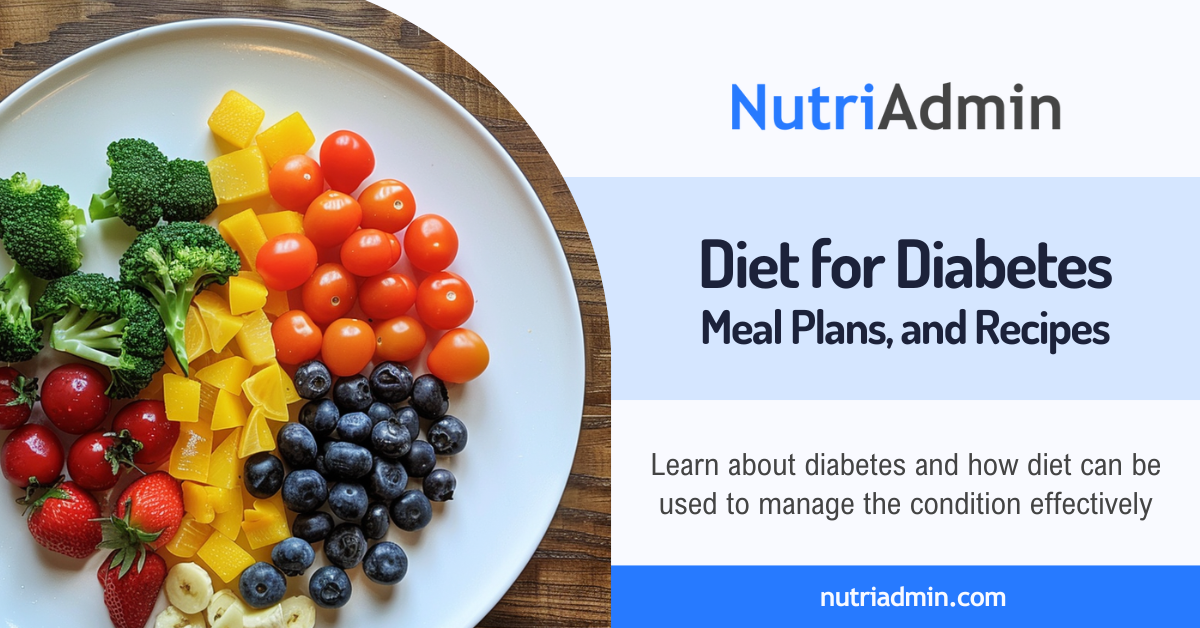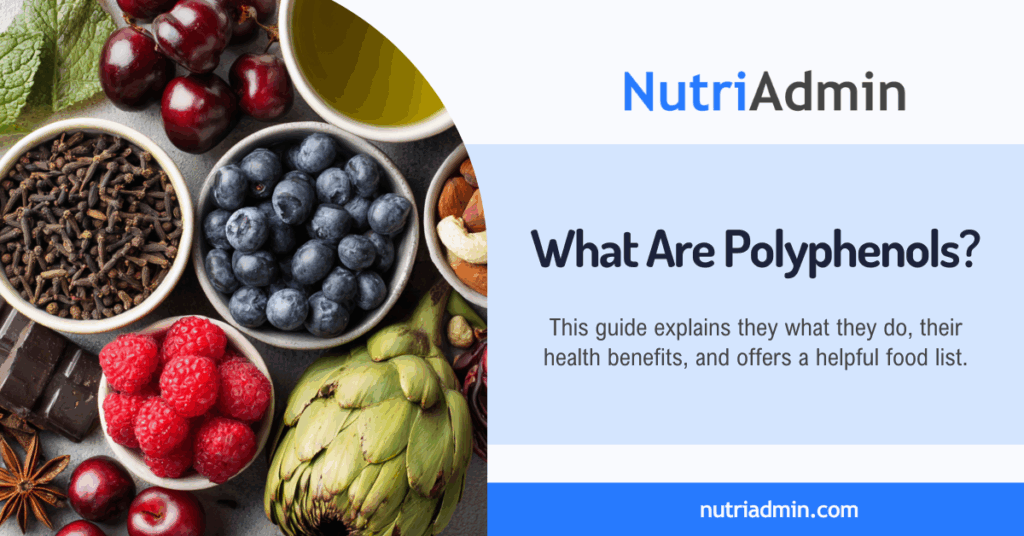What is the best diet for diabetes?
This is a question several people ask on a daily basis.
Not surprisingly, diet is one of the focal points in managing diabetes. But that is not all there is to it. Read this article to learn about diabetes, the ideal diet for diabetes, and sample meal plans.
But before we proceed, let us examine the gravity of the disease.
A disease affecting more than 500 million people worldwide is not a joke. Diabetes is also directly responsible for 1.5 million deaths every year, and these cases keep increasing annually.
Interestingly, the spectrum of this disease affects every age group, from infants to adults. Hyperglycemia impacts 1 in 8 live births in the US, and between 5 and 9% of pregnancies in the US are affected by Gestational Diabetes Mellitus, a type of DM that affects pregnant women.
Furthermore, studies have discovered that Diabetes is today’s fastest-growing public health concern.
Therefore, a disease with such prevalence should be well studied, understood, and managed.
What is Diabetes?
Diabetes is an umbrella term for a group of metabolic diseases characterized by hyperglycemia due to an impairment in insulin secretion, action, or both. Deficient insulin secretion and action are responsible for the symptoms observed in Diabetes Mellitus.
To understand Diabetes, here are the major actors in the development of the condition:
- Pancreas: An organ in the body. It secretes several hormones and substances. One of its functions is to secrete insulin.
- Beta Cells: These are cells present in the pancreas that produce insulin.
- Insulin: A hormone secreted by the B-cells in the pancreas. This hormone helps to move sugar (glucose) from the blood into the cells. Insulin acts on its receptors to exert its effects.
- Insulin Receptors: Receptors present on body cells through which insulin acts.
- Glucagon: Another hormone secreted by the pancreas. It opposes Insulin’s actions and moves glucose into the blood.
Types of Diabetes
There are two major types of Diabetes: Type I and Type II.
Type I Diabetes
Another term for this is Juvenile diabetes or Insulin-Dependent Diabetes Mellitus (IDDM). In this condition, the pancreas secretes inadequate or no insulin. (People with this condition must depend on insulin for their day-to-day activities).
Type II Diabetes
Type II diabetes occurs mostly in adults and is the most common type of diabetes. There is also a deficiency of insulin; however, the body also develops some form of resistance to the available insulin. There has been a significant rise in the prevalence of Type II diabetes in the last three decades. This increase in cases is observed in both high and low-income countries.
Gestational Diabetes refers to elevated blood glucose which starts or is first recognized during pregnancy.
What Causes Diabetes?
There is no singular cause of diabetes. But let us examine some of the most significant causes.
Type I Diabetes
Type 2 Diabetes is also known as Noninsulin-Dependent Diabetes Mellitus (NIDDM). It has multifactorial causes that range from physical inactivity and genetic predisposition to obesity and extra belly fat.
Moreover, in type 2 diabetes, there is insulin resistance and insufficient insulin production. The liver, muscles, and fat cells cannot use insulin efficiently, so the Pancreas needs to make more insulin to meet the body’s demands.
In addition, some studies suggest that environmental factors, viruses, or even genetic predispositions may trigger autoimmune activity. At other times, there is no known cause of this beta cell destruction.
Type 2 Diabetes
Type 2 Diabetes is also known as Noninsulin-Dependent Diabetes Mellitus (NIDDM). It has multifactorial causes that range from physical inactivity and genetic predisposition to obesity and extra belly fat.
Moreover, in type 2 diabetes, there is insulin resistance and insufficient insulin production. The liver, muscles, and fat cells cannot use insulin efficiently, so the Pancreas would need to make more insulin to meet the body’s demands.
Unfortunately, there is also a simultaneous decrease in insulin production in the pancreas. This reduction in insulin output may be due to the excess glucagon production. In normal physiology, glucagon increases the blood glucose level, preventing hypoglycemia. In diabetes, the body is unable to regulate glucagon secretion, hence, there is excess production, which also contributes to the problem of increased blood glucose.
The end product of all these processes is a marked increase in blood glucose levels.
Gestational Diabetes Mellitus (GDM)
Scientists have observed a pattern of Insulin resistance in Gestational Diabetes that is similar to that in Type 2 DM. It also has the same risk factors like obesity, physical inactivity, and also genetic predisposition. However, pregnancy itself can also induce insulin resistance.
Other Causes
Findings show that diabetes has other causes, some of which are discussed below.
Genetic Defects of Insulin Production
Some genetic defects affect the Beta cells, impairing insulin secretion. Defects like these are called Maturity-onset Diabetes of the Young (MODY). One striking feature is that hyperglycemia usually commences before the age of 25. The defect impacts insulin secretion, not insulin’s actions.
Genetic Defects in Insulin’s Action
Some other genetic defects affect insulin’s function. These defects primarily affect the insulin receptors, so Insulin is not able to efficiently perform its action on cells.
Diseases of the exocrine pancreas
The Beta cells are located in the pancreas. Therefore, any condition that affects the areas where the Beta cells are located may affect Insulin production, leading to diabetes. For instance, pancreatitis, cancer, trauma, or cystic fibrosis.
Endocrinopathies
Some hormones, such as glucagon and growth hormone, directly oppose insulin’s actions. If the body produces any of these hormones in excess, they may suppress insulin’s actions, leading to hyperglycemia.
Drugs/Chemicals Induced
In some cases, hyperglycemia results from a drug or chemical. That is, some drugs interfere with insulin secretion, Others may trigger diabetes in people with insulin resistance, and some chemicals are toxic to Beta cells.
Infections
Infections may lead to diabetes. Studies have shown that certain viruses cause significant beta-cell destruction. Examples are Congenital rubella, Adenovirus, and even mumps.
Syndromes
Some other genetic syndromes have associations with diabetes. When these syndromes occur, diabetes may be a component. For instance, down syndrome, klinefelter, wolfra, and Turner syndrome.
What are the symptoms of Diabetes?
- Increased thirst (polydipsia)
- Increased hunger (polyphagia)
- Excessive urination (polyuria)
- Unexplainable weight loss
- Numbness/tingling sensation on the hands or feet
- Wounds that refuse to heal
- Constant tiredness
- Blurriness of vision
- Yeast infections
What is Prediabetes?
In Prediabetes, blood glucose levels are higher than normal but not high enough to be classified as Diabetes. Prediabetes occurs as either Impaired Glucose Tolerance (IGT) or Impaired Fasting Glucose (IFG).
Impaired Glucose Tolerance and Impaired Fasting Glucose
Impaired glucose tolerance and Impaired fasting glycemia are transition phases between normal blood sugar and hyperglycemia. That is, people with IGT or IFG have a high chance of developing diabetes.
IGT is defined as a two-hour 75-g oral glucose tolerance test with values of 140 to 199 mg per dL (7.8 to 11.0 mmol per L); normal values on this test are below 140 mg per dL.
IFG is defined as fasting plasma glucose values of 100 to 125 mg per dL (5.6 to 6.9 mmol per L); normal fasting glucose values are below 100 mg per dL.
Research shows that more than 70% of people with prediabetes will eventually progress to diabetes. To prevent this, diabetic patients can make the following changes:
- Attain a healthy body weight and BMI
- Physical activity, with a minimum of 30 minutes of exercise every day
- Healthy diets, avoiding sugar and saturated fat
- Smoking cessation
Studies show that both lifestyle and pharmacologic interventions prevent or delay the development of diabetes. The most effective intervention was a combination of lifestyle interventions involving weight loss, increased physical activity, and medication with thiazolidinediones.
How is Diabetes diagnosed?
Differentiating type 1 from type 2 diabetes is crucial because managing both conditions involves different steps. History and physical examination findings can show this distinction.
For instance, type 2 DM Patients generally have obesity and may present with thick necks and hirsutism. A patient who is lean, young, and has had a history of Diabetic Ketoacidosis (DKA) most likely has Type 1 DM.
However, here is a standard diagnostic criteria according to the American Diabetes Association:
- A fasting plasma glucose (FPG) level of 126 mg/dL (7.0 mmol/L) or higher,
- A 2-hour plasma glucose level of 200 mg/dL (11.1 mmol/L) or higher during a 75-g oral glucose tolerance test (OGTT), or
- A random plasma glucose of 200 mg/dL (11.1 mmol/L) or higher in a patient with classic symptoms of hyperglycemia or hyperglycemic crisis
How is Diabetes Treated?
The major components of diabetes management include:
Diet
The initial treatment of Non-Insulin Dependent Diabetic Mellitus should be diet and physical activity. As a matter of fact, research shows that the treatment of diabetes would be ineffective if physicians neglect nutrition. The goal of diet for diabetes is:
- Providing essential nutrients
- Good glycemic control\correction of any lipid anomalies
- Ensuring consistency and compatibility with other forms of treatment
Exercise
Physical activity enhances weight loss and improves insulin sensitivity, lowering blood glucose levels. Therefore, an individualized program of consistent physical activity should be developed for diabetic patients.
Medications
When diet and physical activity fail to achieve set therapy goals, medications may be considered. These medications are either oral hypoglycemic agents or Insulin. Oral hypoglycemic drugs are broadly divided into Sulphonylureas and Biguanides.
- Sulphonylureas, such as glibenclamide and Tolbutamide, exert their effects by stimulating the release of insulin from the pancreatic beta cells.
- Biguanides, e.g., Metformin, decrease glucose production from non-carbohydrate sources (gluconeogenesis).
Insulin
Insulin is useful in treating diabetic type 1 patients. Moreover, it is also useful in NIDDM when diet and oral hypoglycemic drugs are not able to control blood glucose or when there is a contraindication to using them.
Self-monitoring
All patients with diabetes must learn how to record and monitor their blood glucose levels so they can adjust medication doses as needed, especially insulin.
They must also be taught to recognize the symptoms of hypoglycemia, how to prevent it, and how to manage it.
The Relationship between a Dietitian and Diabetes
Managing diabetes requires a team effort. So, it would involve a solid partnership between the patient and healthcare professionals.
According to the American Diabetes Association, all individuals diagnosed with diabetes should be referred for Medical Nutrition Therapy (MNT), which is provided by a Registered Dietitian Nutritionist (RDN) or a Registered Dietitian (RD). Indeed, the MNT is a customized program that aims to promote the quality of care for people with diabetes.
Furthermore, the American Diabetes Association also recommends that the MNT run alongside the Diabetes Self-support and Management System (DSMES), which must include dietary advice. The RDN is supposed to keep working with the patient throughout their lifespan.
Moreover, when it comes to dietary advice, some of the nutrition goals for patients with Diabetes according to the ADA include:
- Promoting and supporting healthful eating patterns and improving overall health.
- Addressing individual nutrition needs based on personal and cultural preferences, health literacy, and numeracy.
- Maintaining the pleasure of eating by providing nonjudgmental messages about food choices, while only limiting food choices when indicated by scientific evidence.
- Providing an individual with diabetes with all the necessary practice tools to develop healthy eating habits rather than focusing on individual macronutrients, micronutrients, or single foods.
How Does Diet Affect Diabetes?
We have seen how excess glucose in the blood causes diabetes. Also, we know that glucose comes from food, so the more glucose a person takes, the more glucose gets into the blood.
So diet is the way the body gets glucose. That is, if an individual with diabetes can regulate the amount of glucose, there is a chance of reducing hyperglycemia.
To do this, you must understand the glycemic index of foods.
The Glycemic Index
Generally, the glycemic index refers to a system of assigning values to foods, from 0 to 100, based on how quickly and how high these foods cause an increase in blood sugar levels.

High-glycemic Index foods rapidly release glucose into the blood and elevate blood sugar levels, while low-glycemic index foods release glucose slowly and steadily.
Foods high on the glycemic index are good for energy recovery following exercise or to counter hypoglycemia. Low GI foods are suitable for weight loss and maintaining excellent blood glucose control. Hence, they are the best foods of choice for people with diabetes.
List of High Glycemic Foods
Some high glycemic index foods (above 55 on the glycemic index chart) include:
- White bread
- White rice
- Potatoes and fries
- Breakfast cereals
- Watermelon
- Pineapple
- Sweetened dairy products
- Chips
List of Low Glycemic Foods.
Examples of low glycemic index foods (less than 55 on the glycemic index chart) include:
- Fruits: Apples, Apricots, Bananas, Grapefruit, Mangoes, Strawberries
- Vegetables: Lima beans, baby, frozen, and Tomato soup
- Grains, Breads & Cereals: Barley, Bran cereal, Bulgur wheat, Chickpeas, Oat bran bread, and Rye kernel bread
- Dairy and Dairy Alternatives: Skim milk, Soy milk.
- Nuts and Legumes: Black beans, Butter beans, Cashews, Kidney beans, Lentils, canned, and Split peas.
Best Snacks for Diabetics
Some of the best snacks (less than 55 on the GI chart) for people with diabetes include:
- Carrots, peppers, celery dipped in hummus
- Cashews
- Strawberries
- Popcorn
- Apple
- Orange
How to Control Diabetes through the Diet
You can definitely control diabetes through diet. The diet for diabetes refers to an eating plan that helps control blood sugar.
This eating plan is based on the principle of eating healthy foods and sticking to routine, regular mealtimes. Again, it focuses on low-fat, low-calorie foods, fruits, vegetables, and whole grains. It also includes improving eating habits, such as choosing portion sizes that suit the individual’s needs, size, and activity level.
Creating an antidiabetic meal plan is part of managing diabetes. Moreover, dietitians and nutritionists usually create custom meal plans for clients. They can do this manually with a spreadsheet or good old pen and paper.
However, there are several meal plan generator applications on the market. One of the best apps for nutritionists, NutriAdmin, allows you to create a diabetes diet meal plan in just 60 seconds. However, NutriAdmin is not only for nutritionists; it is also suitable for personal trainers and fitness and wellness coaches.
In addition, it provides nutrient analysis for every diet meal plan so you know what nutrients are present in every meal. It also uses AI to generate recipes, keeps a professional-vetted recipe database, and is also effective in recipe management. All these make it an ideal tool for nutritionists, coaches, and trainers in managing diabetes patients.
Here is a sample diet for diabetes meal plan generated with NutriAdmin:
Food Allowed in the Diabetes Diet Meal Plan
Some foods that are allowed in the diabetes diet meal plan include:
- Non-Starchy Vegetables: Leafy greens, broccoli, cauliflower, bell peppers, cucumbers, and other non-starchy vegetables are encouraged due to their low impact on blood glucose levels.
- Whole Grains: Brown rice, quinoa, oats, barley, whole wheat, and other whole grains provide fiber and nutrients.
- Lean Proteins: Chicken, turkey, fish, seafood, tofu, legumes (beans, lentils, chickpeas), and low-fat dairy are excellent sources of protein.
- Healthy Fats: Avocado, nuts (almonds, walnuts), seeds (flaxseeds, chia seeds), and olive oil provide essential fats.
- Low-Fat Dairy: Skim or low-fat milk, yogurt, and cheese can be included in moderation.
- Fruits: Whole fruits like berries, apples, oranges, and pears, which have natural sugars and fiber, can be part of the diet.
Foods Diabetics Should Avoid
Diabetics should avoid the following foods:
- Refined Carbohydrates: White bread, white rice, sugary cereals, and other highly processed carbohydrates should be limited.
- Added Sugars: Sodas, sugary drinks, candies, desserts, and foods with added sugars should be minimized.
- High-Fat Meats: Fatty cuts of beef, pork, processed meats, and high-fat dairy should be consumed in moderation.
- Saturated and Trans Fats: Limit intake of foods containing saturated fats (found in animal products) and trans fats (found in some processed foods).
- Sodium: Limiting sodium intake is beneficial for managing blood pressure, which is particularly important for individuals with diabetes.
- Alcohol: If consumed, it should be done in moderation, and it’s important to account for its effect on blood sugar levels.
What is the Diabetes Plate Method?
The diabetes plate method is a simple tool for eating healthier foods, eating variety, and monitoring portion sizes. Indeed, it is helpful in managing diabetes and prediabetes and maintaining general healthy eating habits.
The principle here is based on dividing a nine-inch food plate into three food groups. These groups are: Vegetables, grains, and protein.
- Fill 1/2(one-half) of the plate with non-starchy vegetables
- Fill 1/4 (one-fourth) of the plate with grains, starchy vegetables, beans, or lentils
- Fill 1/4 (one-fourth) of the plate with protein.
Conclusion
Diabetes is a group of metabolic diseases characterized by hyperglycemia due to insulin secretion or action impairments. The main actors in this pathway include the pancreas, beta cells, insulin, and glucagon.
Moreover, there are two major types of diabetes: Type 1 (IDDM), an autoimmune condition where the pancreas produces little or no insulin, and Type 2 (NIDDM), characterized by insulin resistance and inadequate insulin production. Gestational diabetes mirrors Type 2 diabetes but occurs during pregnancy.
Symptoms of diabetes include increased thirst, hunger, urination, unexplained weight loss, numbness or tingling in extremities, slow-healing wounds, fatigue, blurred vision, and frequent infections. Impaired glucose tolerance and impaired fasting glycemia are precursor states to diabetes, with over 70% of individuals with prediabetes progressing to diabetes.
Furthermore, Diabetes diagnosis relies on blood glucose testing, and its management involves a combination of diet, exercise, medications, and Nutrition is crucial, and a dietitian plays a vital role in creating personalized meal plans and providing ongoing support. The diet should focus on low-glycemic foods to manage blood glucose levels effectively.
High-glycemic foods, such as white bread, rice, and sugary cereals, rapidly increase blood sugar, while low-glycemic foods, like whole grains, non-starchy vegetables, and lean proteins, are more suitable for diabetics. An antidiabetic diet emphasizes healthy, balanced eating patterns, regular meal times, and portion control.
Finally, by adopting a healthy lifestyle, including weight management, regular physical activity, and smoking cessation, individuals can prevent or delay the onset of diabetes. Both lifestyle and pharmacologic interventions are effective in managing the disease. Thus, a comprehensive approach involving dietary modifications, physical activity, medication, and consistent self-monitoring is essential for optimal diabetes management and improved quality of life for those affected.




